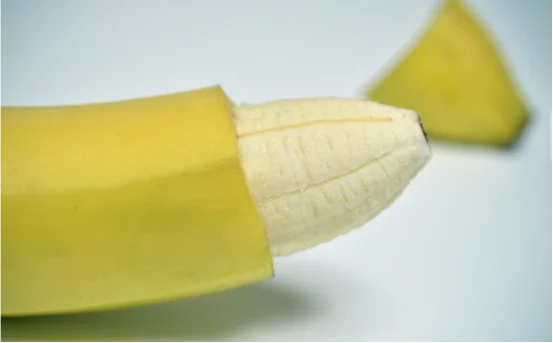Introduction
Breast reduction surgery, medically referred to as reduction mammoplasty, is a surgical procedure aimed at removing excess breast fat, glandular tissue, and skin to achieve a breast size more proportionate to the body and to relieve the discomfort associated with overly large breasts. Women with excessively large breasts often experience chronic neck, back, and shoulder pain, along with skin irritation and posture problems. Breast reduction surgery not only offers physical relief but also enhances psychological well-being and self-image. This procedure is often life-changing for individuals who have been living with the burdensome effects of macromastia.
There are several types of breast reduction surgery, each designed to address varying degrees of breast size, shape, and patient needs while aiming to achieve a natural, proportionate appearance.
Types of Breast Reduction Surgery
- Traditional Breast Reduction Surgery
This is the most commonly performed technique, especially suitable for women with significant breast volume and ptosis (sagging). The procedure involves an anchor-shaped incision one around the areola, one vertically down to the breast crease, and one along the inframammary fold. Through these incisions, the surgeon removes excess tissue, reshapes the breast, and repositions the nipple-areola complex. While it leaves more extensive scarring, it allows for substantial tissue removal and optimal reshaping of the breast. - Vertical or Lollipop Breast Reduction
This technique uses a circular incision around the areola and a vertical incision down to the breast crease, resembling a lollipop. It is ideal for moderate breast reduction and provides a more youthful breast shape. The vertical technique allows for less scarring compared to the traditional method and quicker recovery time. This approach may not be suitable for women with very large breasts, as it provides limited access for extensive tissue removal. - Scarless or Liposuction-only Breast Reduction
This method uses liposuction to remove fatty tissue from the breast with minimal incisions, usually near the underarm. It is best suited for women whose breasts are primarily composed of fatty tissue and who don’t require significant lifting or reshaping. Since it does not significantly alter breast structure or nipple position, it offers minimal scarring and faster recovery. However, it is not recommended for individuals with a large volume of glandular breast tissue or those needing a considerable lift. - Inverted-T Reduction
The inverted-T method, also called the Wise pattern technique, involves three incisions: around the areola, vertically down to the breast fold, and horizontally along the crease. This technique is effective for very large or pendulous breasts and allows the surgeon to reshape the breast comprehensively. While scarring is more visible, it fades over time and can be managed with post-operative care. This method offers significant reduction and excellent long-term results in terms of aesthetics and symptom relief. - Free Nipple Graft Technique
In this approach, the nipple and areola are completely detached and grafted back into a higher position after the excess tissue is removed. It is typically reserved for extremely large breasts where the blood supply to the nipple might be compromised during traditional techniques. This method sacrifices nipple sensation and breastfeeding ability but allows for the removal of a large volume of tissue with satisfactory breast shape. - Pedicle Technique
This variation maintains the nipple’s attachment to the underlying tissue, preserving sensation and functionality. The pedicle may be oriented in different directions (superior, inferior, medial, or lateral) depending on the desired outcome. The inferior pedicle technique is the most widely used and offers versatility in shaping while preserving nipple viability. It provides a reliable balance between tissue removal, aesthetic contour, and nipple function. - Short Scar Breast Reduction
This method, which includes techniques like the Hall Findlay and Lejour techniques, focuses on minimizing scars while still allowing moderate reshaping. The short scar approach avoids the horizontal scar under the breast and instead uses only periareolar and vertical incisions. It offers quicker healing, less visible scarring, and is well-suited for moderate breast hypertrophy. The technique requires advanced surgical skill and patient selection to achieve optimal outcomes.
Conclusion
Breast reduction surgery is not a one-size-fits-all procedure. The right technique depends on multiple factors, including the size and composition of the breasts, the degree of sagging, patient goals, and overall health. Each type of breast reduction surgery offers unique benefits and trade-offs in terms of scarring, recovery, aesthetic outcomes, and functionality. Consulting with an experienced plastic surgeon is essential to determine the most appropriate method tailored to individual needs. Ultimately, breast reduction surgery can significantly enhance quality of life by addressing physical discomfort and boosting confidence, making it a transformative choice for many women.























